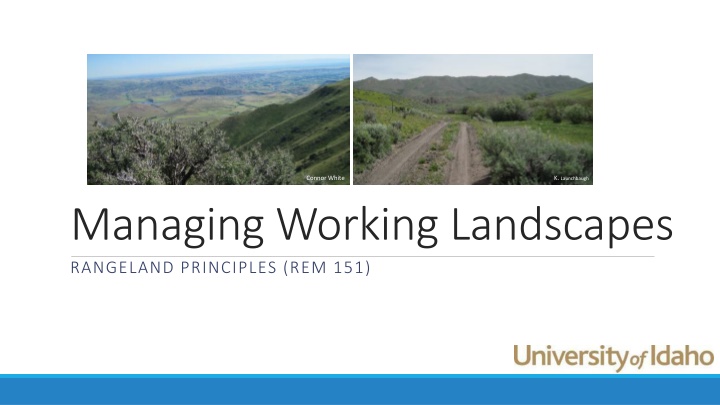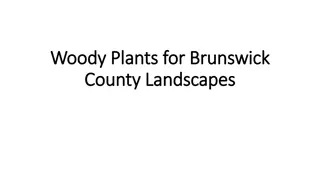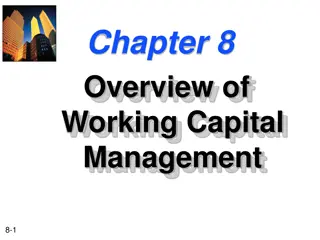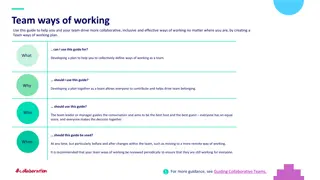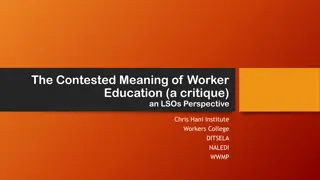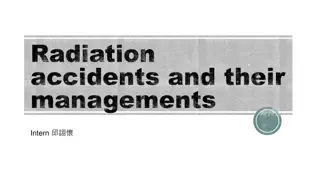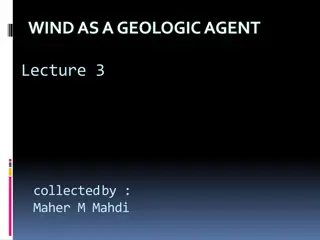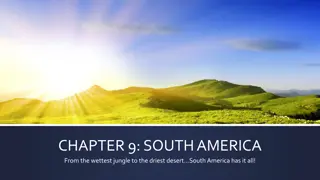Effective Strategies for Managing Working Landscapes: Challenges and Approaches
Planning and managing landscapes across different land ownerships involve various challenges and require collaborative resource management. By emphasizing outcomes and utilizing adaptive management approaches, diverse groups can come together to manage resources effectively. This involves balancing multiple land uses, considering ecological, economic, and social outcomes, and focusing on achieving desired results. The key is to adapt management strategies based on monitoring outcomes and evaluating impacts to ensure sustainable practices across various landscapes.
Uploaded on Sep 27, 2024 | 3 Views
Download Presentation

Please find below an Image/Link to download the presentation.
The content on the website is provided AS IS for your information and personal use only. It may not be sold, licensed, or shared on other websites without obtaining consent from the author.If you encounter any issues during the download, it is possible that the publisher has removed the file from their server.
You are allowed to download the files provided on this website for personal or commercial use, subject to the condition that they are used lawfully. All files are the property of their respective owners.
The content on the website is provided AS IS for your information and personal use only. It may not be sold, licensed, or shared on other websites without obtaining consent from the author.
E N D
Presentation Transcript
Connor White K. Launchbaugh Managing Working Landscapes RANGELAND PRINCIPLES (REM 151)
Planning and Management Challenges Managing Across Land Ownerships All Hands-All Lands Collaborative Resource Management Managing Multiple Use Value of land varies across landscapes Value changes throughout the year Managing for Outcomes Consider ecological, economic, and social outcomes Avoid prescriptions J. Peterson
Management Approaches Many Approaches A few common elements. Individually or Collaboratively Set goal Create a plan Monitor outcomes Evaluate and adjust Adaptive Management Olson, N. C., & Burkhardt, J. W. (1992). Land management planning: an assessment. Rangelands,14(3), 150-152.
Managing Across Land Ownerships Natural processes happen across land ownerships Fire Wildlife Water Weeds Etc. OX Ranch Idaho 130,000 acres Management across land ownerships All Lands Approach
Managing Across Land Ownerships Groups come together to manage a resources/value Cooperative Weed Management Area Sage-grouse Working Groups Rangeland Fire Protection Associations Arctic Grayling Cooperative Conservation Focus on common goal Bring diversity of skills & resources Collaborative Resource Management K. Launchbaugh
Managing Multiple Uses Manage various resource values in combinations that best meets present and future needs. Consider interactions among uses Balance uses and protection by apply restrictions and enhancements Public/cooperator involvement necessary Required on federal lands by Federal Land Policy and Management Act of 1976. Applied on private lands to make operation sustainable. Multiple Use Management
Managing Multiple Uses Not every use on every acre Use changes throughout the year BLM.gov K. Launchbaugh Idaho Rangeland Resource Commission
Outcome Based Management Focus on Outcomes Ecological Economic Social CURRENT FUTURE Ecological Economic Social Avoid prescriptions Specific number Specific time K. Launchbaugh Outcomes Based Land Management
Outcome Based Management Collaborative at Landscape Scales Sustainable working landscapes that provide diverse goods and services for people who live, work, and recreate on the land. K. Launchbaugh BLM.gov K. Launchbaugh Outcomes Based Land Management
Connor White K. Launchbaugh Managing Working Landscapes RANGELAND PRINCIPLES (REM 151)
